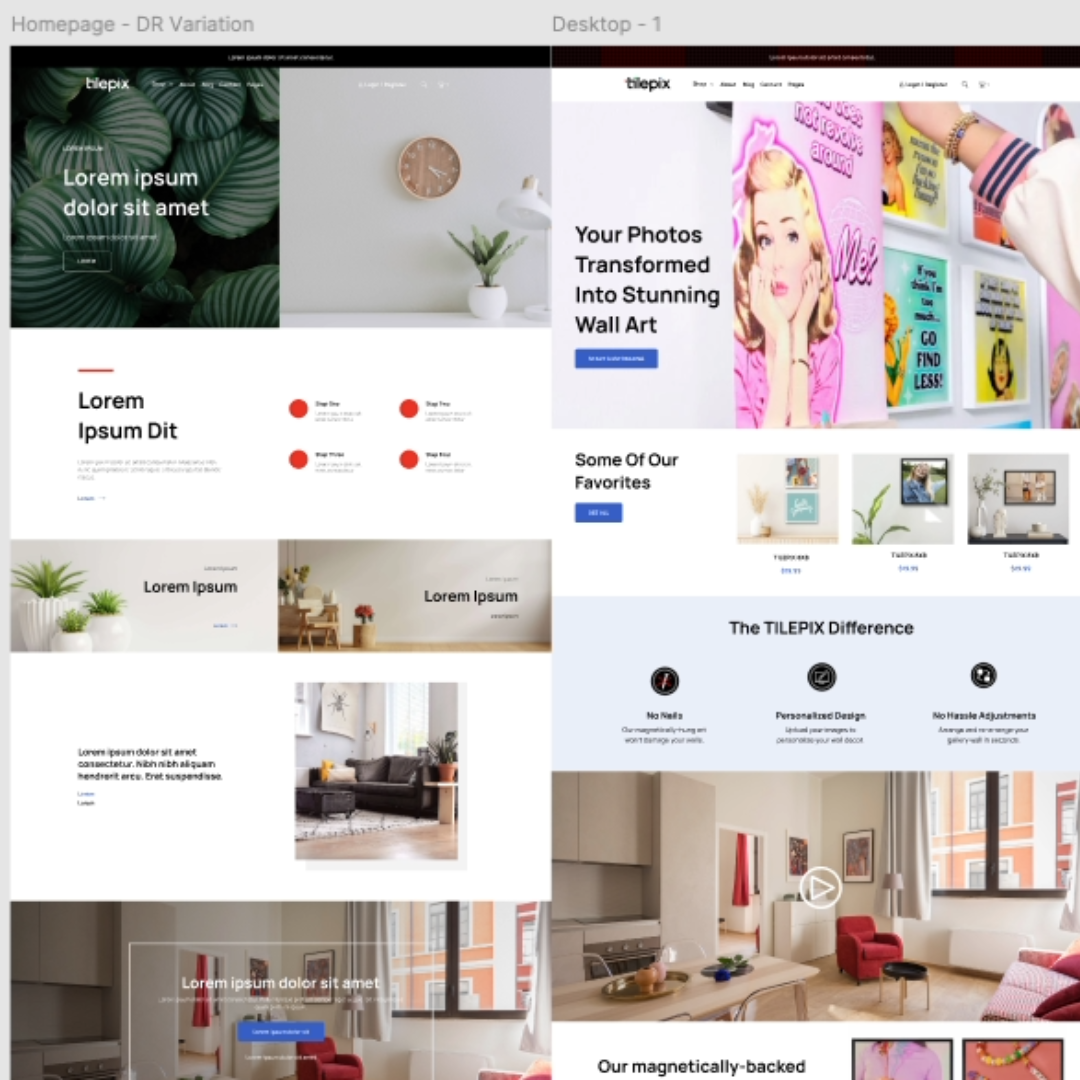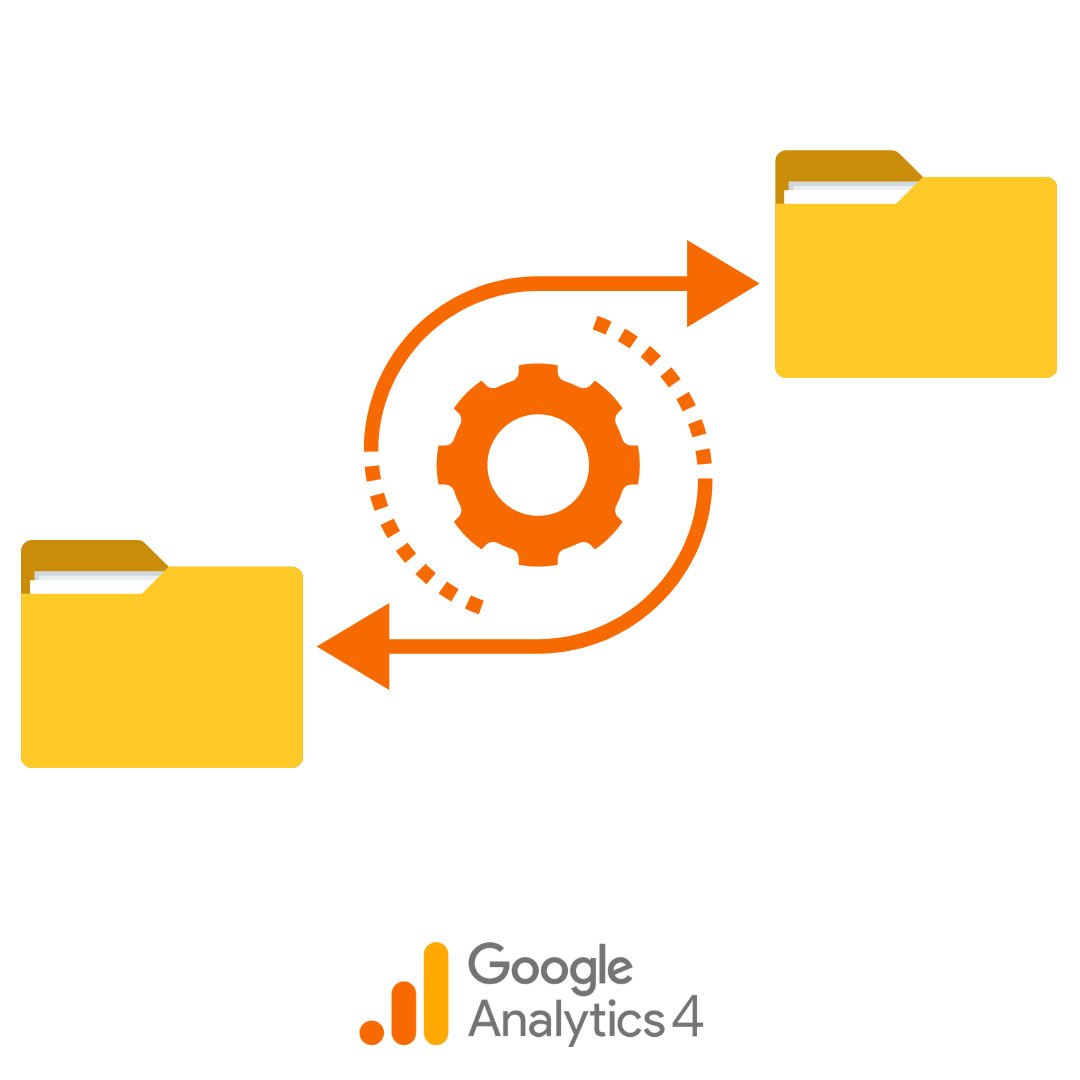If you're running a Shopify store, A/B testing is a powerful tool - you need it in your arsenal to drive your business to digital success. In this blog, we'll break down what A/B testing is, why it's so crucial for your Shopify store, and how you can start using it effectively.
What is A/B Testing?
A/B testing, also known as split testing, is a method of comparing two versions of a web page or app to determine which one performs better.
In the context of Shopify, this involves creating two versions of a particular element on your store—like a product page, checkout process, or email campaign—and showing them to different segments of your visitors. These changes don’t always have to mean changing big things. It’s as important to test small incremental changes, for example, the wording on a button.
The goal is to see which version yields higher conversions or better user engagement so you can adapt your store for better performance.
Why A/B Testing is Essential for Shopify Enterprises
Data-Driven Decision Making
A/B testing allows enterprises to make informed decisions based on actual data rather than intuition or even industry knowledge. Things change so quickly that it's a challenge to know exactly which elements are performing and which need tweaking.
By analyzing the performance of different elements based on raw data, you can identify what truly resonates with your audience.
Enhanced Customer Experience
Through A/B testing, you can fine-tune your Shopify store to better meet customer needs and preferences. This can boost engagement, improve UX, increase satisfaction rates, and ultimately increase loyalty and sales.
Increased Conversion Rates
One of the primary goals of A/B testing is to optimize conversion rates. Your online store is only as good as the number of browsers who become shoppers. By testing different variations of product pages, calls to action, and checkout processes, enterprises can identify and implement the most effective strategies to boost sales.
Reduced Risk
Making significant changes to your website can be risky. A/B testing mitigates this risk by allowing you to test changes on a small scale before rolling them out to your entire audience. This way, you can avoid potential pitfalls and only implement changes that have proven to be successful.
How to Implement A/B Testing on Your Shopify Store
1. Identify Your Goals
Before starting an A/B test, define your objectives. Whether you want to increase the click-through rate on a specific product page or reduce cart abandonment, having clear objectives will guide your testing process.
2. Choose the Right Elements to Test
Select the elements on your Shopify store that could impact your goals. Common elements to test include:
- Headlines and product descriptions
- Images and videos
- Call-to-action buttons (text, color, placement)
- Pricing and discount information
- Checkout process steps
3. Create Variations
For each element you test, create the original (control) and the new version (variation). Ensure that the changes are significant enough to potentially impact user behavior but not so drastic that they confuse visitors.
4. Use A/B Testing Tools
Leverage A/B testing tools that integrate seamlessly with Shopify. Some popular options include:
- Shoplift This tool focuses on increasing conversions by testing elements like product pages, checkout processes, and more.
- Nosto A personalized platform that allows eCommerce businesses to tailor experiences testing different versions of site content, product recommendations, and more.
- Visually.io A visual A/B testing tool that enables users to test various site versions without coding. It makes it easier to optimize experiences.
- Theme Scientist This tool focuses on themes. It switches themes so you present different themes to different users with a goal to see which theme performs best.
- VWO (Visual Website Optimizer) A comprehensive tool allowing users to test and analyze various elements like content, layout, user flows, and more.
Sadly, Google Optimize no longer exists. With its robust targeting options and ease of use, we loved it.
5. Run the Test
Launch your A/B test and let it run for sufficient time to gather meaningful data. The duration depends on your traffic volume, but a typical test should run for at least two weeks to account for different user behaviors and purchasing cycles.
6. Analyze the Results
After the test concludes, analyze the data to determine which version performed better. Look at key metrics such as conversion, click-through, and revenue. Use statistical significance to ensure that the results are not due to random chance.
In A/B testing, 95% statistical significance is important because it indicates a high level of confidence that the observed differences between the control and experimental groups are not due to random chance. Here are some reasons why this threshold is typically used:
- It is the industry standard across various fields, from marketing to medicine.
- It minimizes Type I errors.
- Ensures informed and reliable decision making.
- Balances risk and practicality.
- Ensures that decisions that can impact revenue are accurately made.
7. Implement the Winning Variation
Once you've identified the winning variation, implement it across your Shopify store. Monitor the changes to ensure they continue to deliver the desired results.
If you’re seeing erratic behavior, it may look like the results are inconclusive and you may need to delve a little deeper. Results may vary between desktop and mobile and you may need to implement a different experience on them.
It’s important to know that a negative result does not necessarily mean it’s a negative result. No matter what the outcome is, you still have actionable data. Even if the results indicate that you should not implement a specific change, not doing so is still an action based on data.
8. Iterate and Repeat
A/B testing is an ongoing process. Continuously test new elements and variations to keep optimizing your store. Because eCommerce constantly evolves, it is crucial to constantly refine and adapt your digital presence to stay ahead.
Transform Your Shopify Store With A/B Testing
A/B testing is a crucial strategy for Shopify enterprises that are aiming to enhance their online stores. By making data-driven decisions, improving customer experience, and optimizing conversion rates, A/B testing can significantly impact your bottom line.
Implementing an effective A/B testing strategy involves:
- Setting clear goals.
- Choosing the right elements to test.
- Using reliable tools.
- Continuously iterating based on the results.
Embrace A/B testing to unlock the full potential of your Shopify store and stay ahead. If you need help, talk to us. We are Shopify Experts, and we're here for you.




